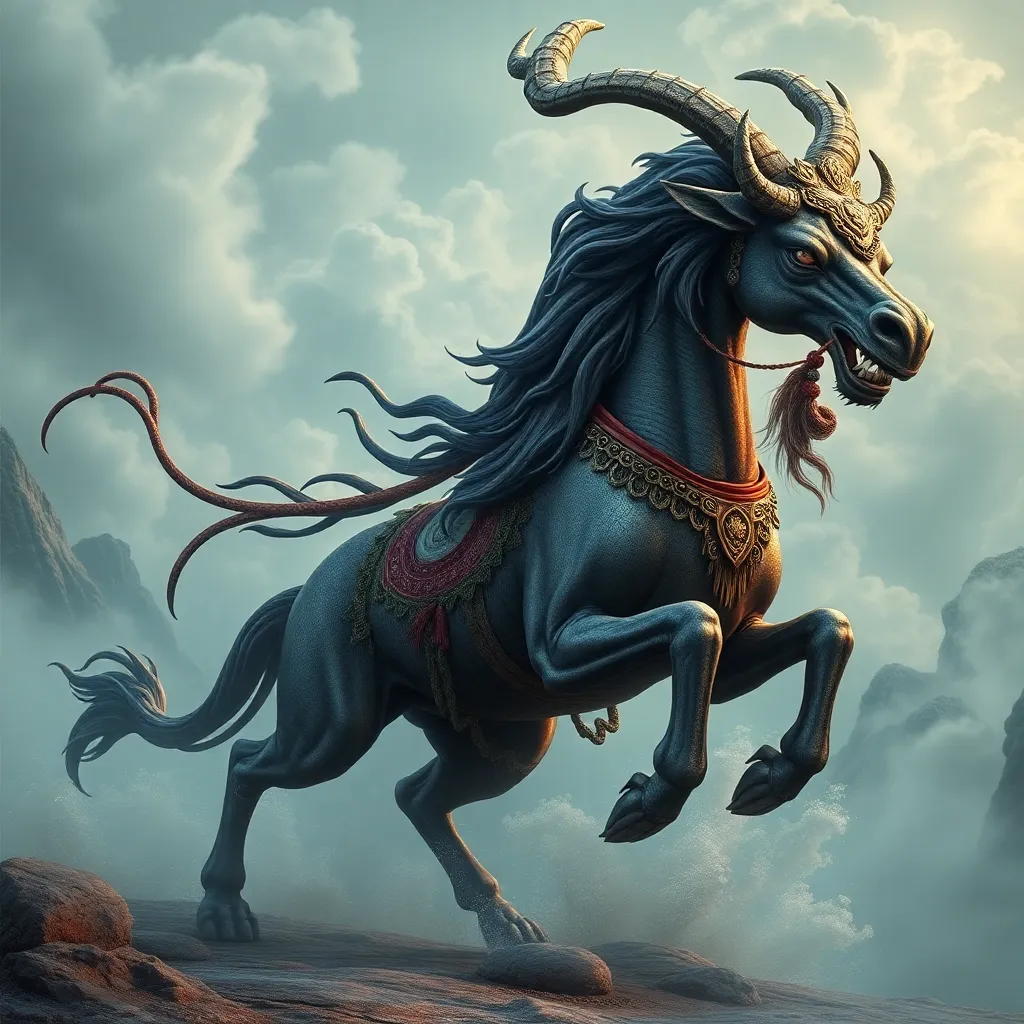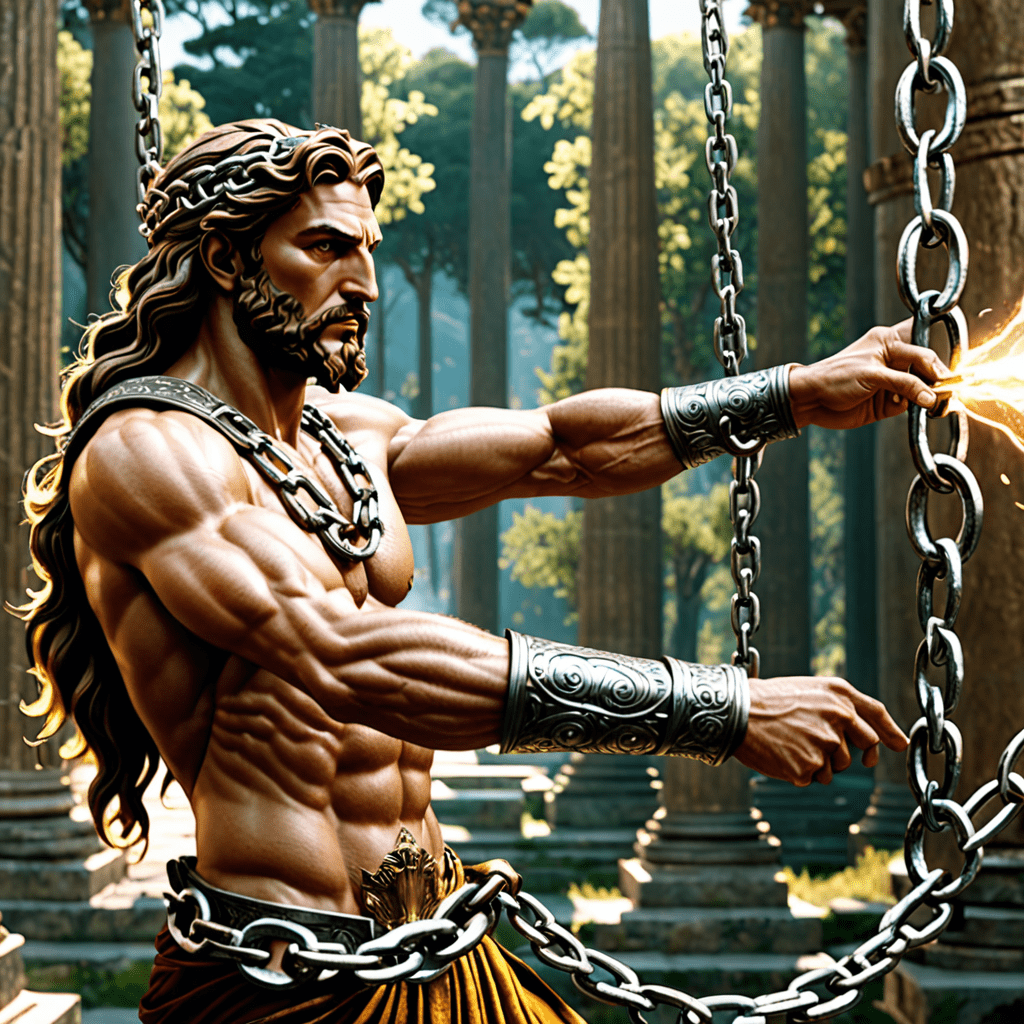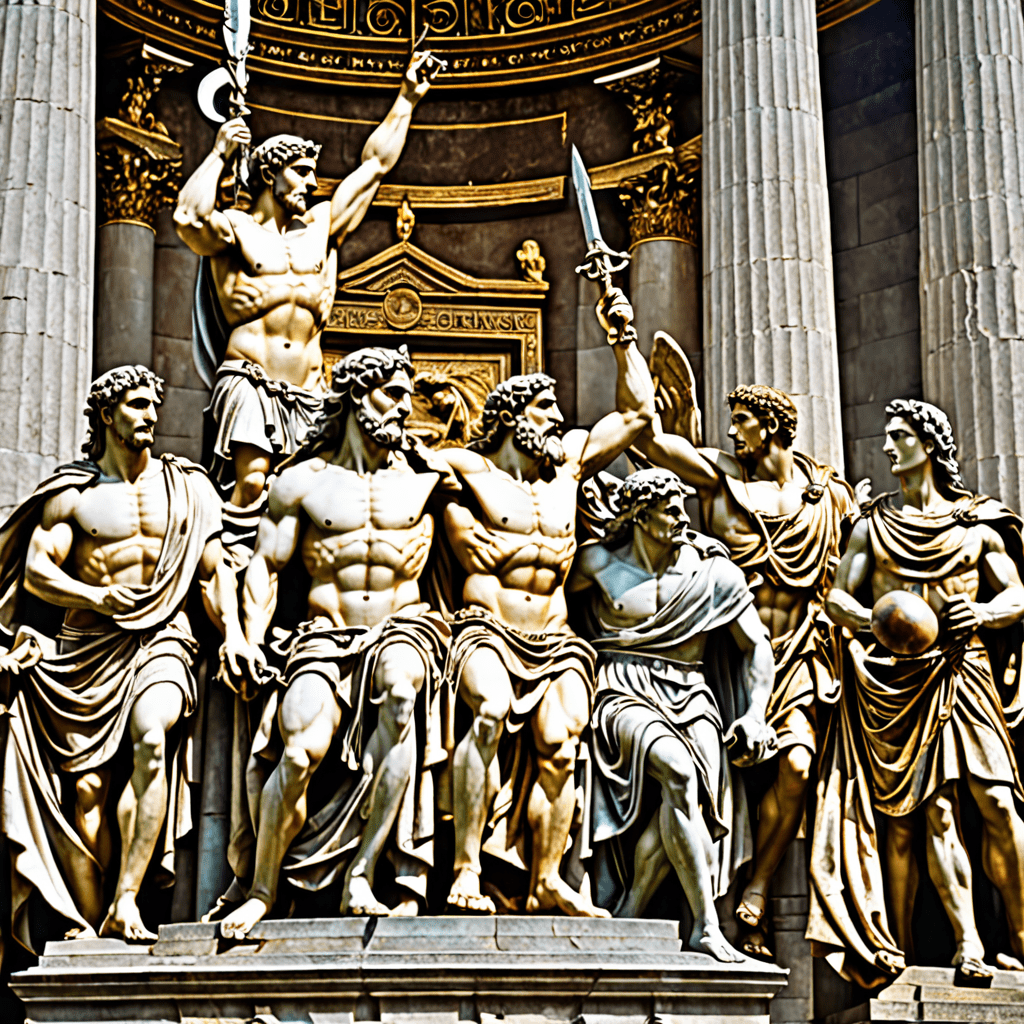Sleipnir Tales: The Chinese Mythology of the Journey to the West and the Monkey King
I. Introduction
The “Journey to the West” is one of the four great classical novels of Chinese literature, chronicling the adventures of a monk and his companions as they journey to India to retrieve sacred Buddhist texts. This epic tale, rich in allegory and symbolism, has been a cornerstone of Chinese culture, influencing literature, art, and folklore for centuries. Central to this narrative is the character of the Monkey King, Sun Wukong, whose rebellious spirit and remarkable abilities have made him a beloved figure in mythology.
The connection to Sleipnir, the eight-legged horse from Norse mythology, offers an intriguing lens through which to explore the cultural implications of these mythologies. Both Sleipnir and Sun Wukong embody the themes of transformation, strength, and the quest for knowledge, bridging Eastern and Western mythic traditions.
II. Historical Context of the Journey to the West
The Journey to the West originated during the Tang Dynasty (618-907 CE), a period known for its cultural flourishing and openness to foreign ideas. The tale is believed to be based on the real-life monk Xuanzang, who traveled to India in search of Buddhist scriptures. His journey inspired numerous legends, eventually culminating in the epic we know today, attributed to the author Wu Cheng’en.
The narrative incorporates elements from Buddhist texts, Taoist philosophy, and Chinese folklore, reflecting the syncretic nature of Chinese spirituality at the time. Key historical figures, such as Xuanzang himself, played roles in shaping the story, merging historical fact with mythological embellishment.
III. Main Characters in the Journey to the West
A. Sun Wukong (The Monkey King)
Sun Wukong, also known as the Monkey King, is one of the most dynamic characters in Chinese mythology. Born from a stone, he possesses incredible strength, agility, and magical powers, including the ability to transform his appearance. His journey of self-discovery is marked by rebellion against heaven, a quest for immortality, and ultimately, a path toward redemption as he learns the value of humility.
B. Tang Seng (Tripitaka)
Tang Seng, or Tripitaka, is the Buddhist monk tasked with retrieving sacred texts. He represents the spiritual and moral compass of the group, embodying the quest for enlightenment. His relationships with Sun Wukong and other companions illustrate themes of trust, friendship, and the struggle between chaos and order.
C. Other Notable Characters
- Zhu Bajie (Pigsy): A half-man, half-pig creature who provides comic relief but also embodies human flaws.
- Sha Wujing (Sandy): A river demon who becomes a loyal disciple, representing loyalty and strength.
IV. Themes and Symbolism
The Journey to the West is rich with themes of enlightenment and spirituality. The quest itself symbolizes the journey toward self-realization and understanding of the universe. Each character represents different aspects of human nature, from the chaotic energy of Sun Wukong to the calm wisdom of Tang Seng.
Moreover, the interplay of chaos and order is a recurring motif. Sun Wukong’s antics often disrupt the natural order, but through his journey, he learns to balance his rebellious spirit with the need for harmony and cooperation.
V. The Role of Mythical Creatures and Deities
The narrative is populated with a variety of mythical beings, each serving a purpose in the story’s development. From celestial beings to demons, these characters are deeply intertwined with Taoist and Buddhist beliefs, reflecting the rich tapestry of Chinese spirituality.
Additionally, the connections to Norse mythology, particularly through Sleipnir, raise interesting parallels. Sleipnir, as an embodiment of speed and strength, resonates with the swift and powerful nature of Sun Wukong, demonstrating how different cultures express similar themes through their mythologies.
VI. Cultural Impact and Adaptations
The Journey to the West has had a profound influence on literature, art, and popular culture both in China and globally. It has inspired countless adaptations, from traditional operas to contemporary films and television series.
- Literature: The tale has influenced numerous writers and poets, serving as a source of inspiration for themes of adventure and spiritual quest.
- Film and Television: Modern adaptations range from animated films to live-action series, making the story accessible to new generations.
- Global Reach: The Monkey King has become a symbol of Chinese culture, celebrated in various forms across the world.
VII. Lessons from the Journey to the West
At its core, the Journey to the West conveys important moral and ethical lessons. The narrative emphasizes the significance of teamwork, as the companions must rely on each other’s strengths to overcome challenges. Friendship and loyalty are central themes, illustrating the importance of bonds formed through shared experiences.
Furthermore, the story reflects on personal growth and transformation. Each character undergoes significant changes, highlighting the idea that redemption and enlightenment are attainable through perseverance and self-reflection.
VIII. Conclusion
The Journey to the West remains a seminal work within Chinese mythology, illustrating timeless themes of adventure, spirituality, and the complexity of human nature. The enduring legacy of the Monkey King continues to resonate, not only in China but around the world, as audiences find relevance in his journey and the lessons it imparts.
As we explore the fusion of mythologies, the connections between Eastern and Western traditions become more apparent. The stories of Sleipnir and the Monkey King invite us to reflect on our own journeys, emphasizing the universal quest for knowledge, understanding, and self-discovery.




